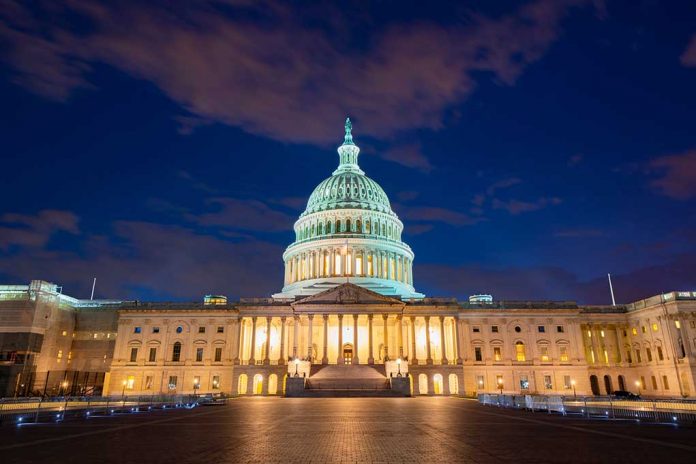
(DailyDig.com) – The United States government is composed of three branches of government: the executive branch, the judicial branch, and the legislative branch. Each has an important role to play in our government. Let’s take a look at our legislative branch.
The US Senate
The Senate is half of our legislative branch and is made up of 100 senators, two from each state. The senators must be a minimum of 30 years old and have been citizens of the United States for at least 9 years. Senators are elected every 6 years and are required to live in the states they represent. The United States Senate serves as the upper half of the legislative branch, also known as Congress.
US House of Representatives
The lower portion of the US Congress, the House, has 435 members. Unlike in the Senate, each state has a different number of representatives, which depends on its population. Representatives must be 25 years or older, while also being US citizens for at least 7 years. Members of the House must also live in the states that they represent.
Powers of Congress
The US Congress plays an important role in our government. In fact, without the legislative branch, many laws would never go into effect. Both the US Senate and US House are responsible for creating new laws that eventually make their way to the president’s desk. Congress is also responsible for creating the annual US budget and deciding how much to tax US citizens in order to meet that budget.
Congress also holds the power to declare war. The US Senate is responsible for the confirmation of presidential appointments and the ratification of international treaties. Perhaps the most important role that Congress plays is to ensure that all branches of government are doing their jobs. Their duties also include making sure the taxpayers’ money goes where it’s supposed to.
Congress serves as an avenue to create new laws and a manager of the US government. Unless Congress is able to bypass the process, the president decides the fate of a bill. In short, both the legislative and executive branches are responsible for creating new laws, while the judicial branch enforces those laws. Many people make the misconception that the president has the most influence in the US government. It would seem, however, that the legislative branch holds the most power.
Copyright 2021, DailyDig.com













